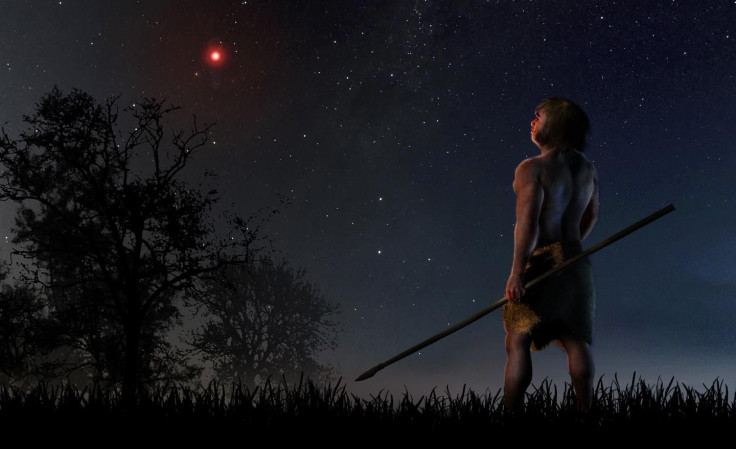Solar System's Comets, Asteroids Were Disturbed By Another Star That Came Close

The sun is the central hub of our solar system but 70,000 years ago, the stellar body had a close encounter with another star, an event that left major gravitational repercussions and affected many objects in our cosmic neighborhood, according to a new study.
Back in the day, when the Neanderthals were settled and modern humans were on the verge of leaving Africa, a binary stellar system consisting of a red and brown dwarf came eerily close to the sun. The system, dubbed WISE 0720−0846 or the Scholz's star, passed at a distance of about 0.8 light years through the Oort cloud which surrounds the sun and hosts icy trans-Neptunian objects.
The close fly-by was discovered by astronomer Ralf-Dieter Scholz and disclosed to the public two years later. However, a group of astronomers now believes that the close encounter with the star, which people on Earth might have seen as a dimly red space object, might have disturbed the trajectory of some of our solar system’s comets and asteroids coming from the same cloud.
The group posited this after taking a close look at some 340 space objects that scour inner and outer solar system in a hyperbolic or V-shaped orbit, rather than the normal elliptical or egg-shaped trajectory.
Such objects are the best candidates to uncover any possible evidence of stellar impact and while analyzing their movement, the team got lucky. They found that most of them came from the same region, near which the star passed.
“Using numerical simulations, we have calculated the radiants or positions in the sky from which all these hyperbolic objects seem to come," Carlos de la Fuente Marcos, an astronomer from the Complutense University of Madrid who worked with researchers from the University of Cambridge, said in a statement.
"In principle, one would expect those positions to be evenly distributed in the sky, particularly if these objects come from the Oort cloud; however, what we find is very different: a statistically significant accumulation of radiants.”
The over-density appeared in the direction of constellation Gemini in their simulation, which is very close to the point of stellar encounter. Even the timing of the event in the team's simulation perfectly coincides with previous studies detailing the flyby, something that further bolsters their theory.
It is, however, worth noting the work does not apply to all space objects with hyperbolic orbits. In fact, only comets, asteroids in close proximity were the ones to get disturbed.
Marcos explained this with the example of famous interstellar asteroid 'Oumuamua, the radiant of which lies in the constellation of Lyra (the Harp), very far from Gemini. As a result, it was not seen in the detected over-density.
Scholz's star now sits some 20 light years from our sun and is not expected to make similar close flyby anytime soon. Meanwhile, the work and the results of the simulations are published in the MNRAS Letters journal.
© Copyright IBTimes 2024. All rights reserved.











